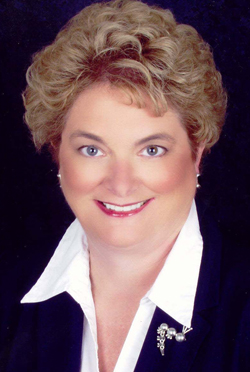 |
Joyce Black, Ph.D. |
Today is International Stop Pressure Ulcer Day, a day dedicated to bringing awareness to the causes and ways to prevent pressure ulcers.
“This is not just a problem for patients and their families, but also health facilities,” said Joyce Black, Ph.D., associate professor in UNMC’s College of Nursing, who is recognized as a national expert in pressure ulcers. “The government won’t reimburse for Medicare and Medicaid expenses if patients get pressure sores.”
See sidebar for tips on prevention and treatment
Pressure ulcers can develop in as little as three hours as a result of sitting or lying too long in the same position, she said. Those who are bedridden are most at risk, including those in hospitals and long term care facilities like nursing homes. It can happen in the home as well.
See video on pressure ulcers.
“Ulcers develop quickly depending on how hard the surface is that you’re on and how much fat padding a person has,” Dr. Black said. “Thin, frail individuals develop them more quickly.”
She said pressure ulcers develop due to pressure on the soft tissues when patients don’t move or continuously slide down in a chair. The blood in the area stops and the tissue dies. Most problems with ulcers occur on the buttocks, tailbone and the heel of the foot.
Early symptoms include pain, redness or purple color to the skin.
“Getting pressure off that part of the body is absolutely key,” Dr. Black said. “The sores result from lack of blood. Changing positions in bed and keeping the skin clean is the best way to prevent pressure ulcers.”
Some pressure ulcers advance into large wounds that develop deep in tissue. When the skin gets infected – a hole in the skin can develop and reach down to the bone. Surgeries to repair major wounds can cost up to $100,000.
The estimated cost of pressure ulcers is $11.5 billion per year in the United States, with cost for patient care ranging from $21,000 to $152,000.
Dr. Black is an amazing clinician, educator, and researcher. It is fabulous to see this article and its impact on pressure ulcer awareness.